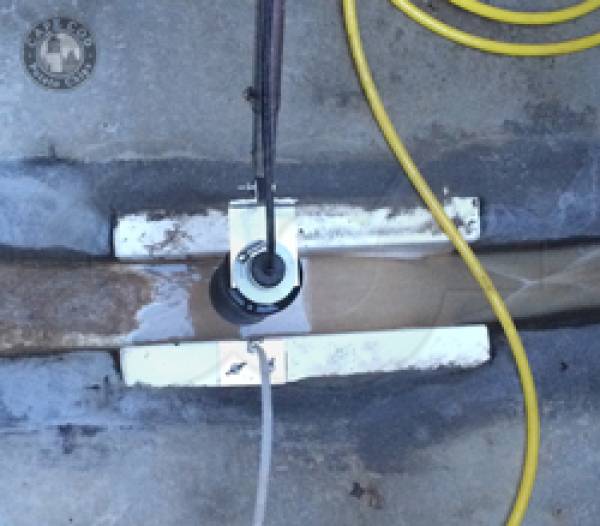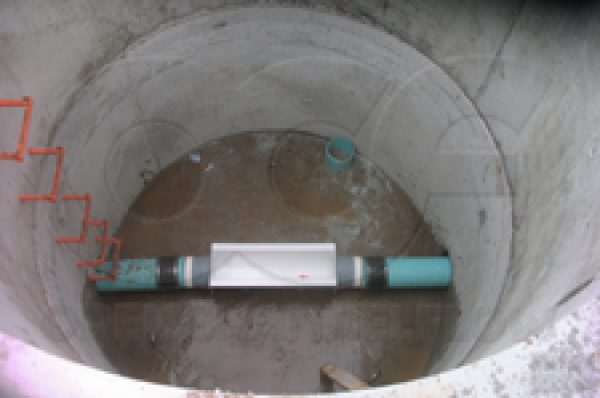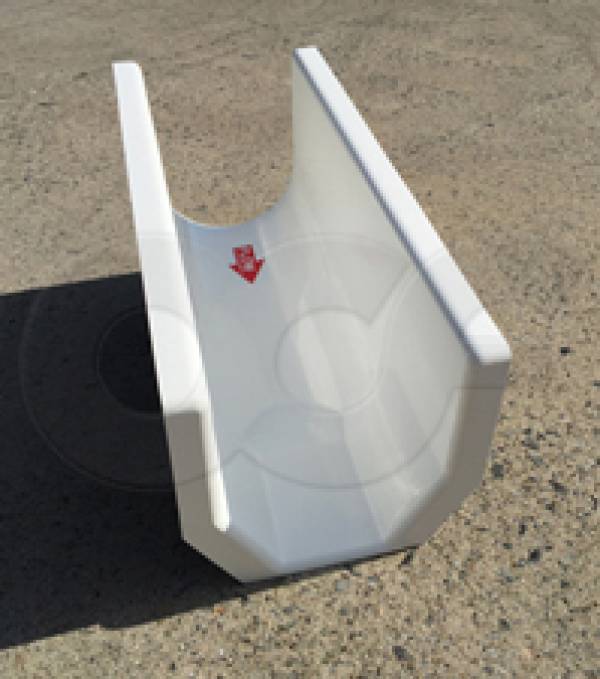This website uses a variety of cookies, which you consent to if you continue to use this site. You can read our Privacy Policy for
details about how these cookies are used, and to grant or withdraw your consent for certain types of cookies.
Measuring Flow in a Palmer Bowlus Flume
Measuring flow in a flume should be a straightforward affair. Unfortunately, we get more calls and inquiries on where / how to measure flow in a Palmer Bowlus flume than all other flumes combined so we thought that we would go over it set the record straight.
To better understand how to measure with a Palmer Bowlus flume lets first start with understanding the flume itself.
Long Throated vs Short Throated Flumes
Flumes in general can be considered either to be either Long Throated (e.g. Palmer Bowlus, RBC) or Short Throated (e.g. Parshall, Trapezoidal, H Type). Long Throated flumes control flow in a throat section that is long enough to cause parallel (or near parallel) flow. While Short Throated flumes control flow in a very specific region.
For Short Throated flumes there is only one primary point of measurement (Ha) where the flow equation is valid. For Long Throated flumes, any point upstream of the area influenced directly by the throat can be used as the point of measurement. Keep in mind, however, that Short Throated does not refer to the physical length of the flume – it only describes the throat. Short Throated flumes can still be quite long / large.
Also, Short Throated flumes rely on empirical methods to determine the discharge characteristics of the flume, while Long Throated flumes can be rated through the use of fluid flow concepts alone.
How Flumes Operate
Open channel flumes rely on fixed geometric shapes to restrict and accelerate flow from a sub-critical to a super-critical state. The restriction is known as the throat of the flume in which the water level draws down substantially under free flow conditions.
Upstream of the throat the flow is sub-critical (assuming it started so). Downstream of the throat and the flow is super-critical (or transitioning back from super-critical to sub-critical). It is the sub-critical region where the primary point of measurement is located.
Palmer Bowlus Cross-Section
Palmer Bowlus flumes were originally designed to measure piped flows. The desire was to have a primary device that was capable of being inserted with minimal modification into existing conduits – which were usually round.
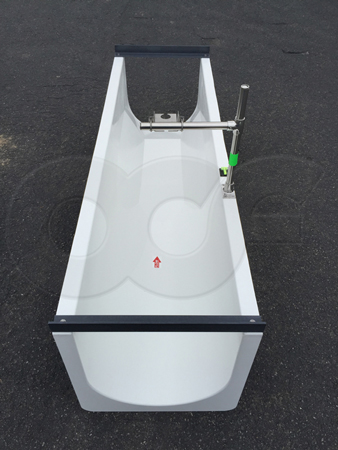
The result was that the cross-section of the flume is half-round lower hemisphere with vertical walls extending up from the lower half (to provide flow capacity). This “U” shape extends uniformly from the inlet to the outlet of the flume, broken only by the contraction / rise in the throat. The total depth of the “U” is typically the flume size (D) plus 2-inches [5.08 cm]. The depth is more or less standardized among Palmer Bowlus flume manufacturers, but the user is cautioned to check then when selecting a flume.
Palmer Bowlus Throat
The throat of the Palmer Bowlus flume differs from other flume styles – Short or Long. The throat both contracts horizontally and rises vertically. By contracting horizontally and rising vertically a ramp is created in the throat section of the Palmer Bowlus flume. Flat transitions extend from the flume floor and sidewalls to the ramp so that there is not an abrupt change. Most Palmer Bowlus flume manufacturers have standardized on a throat ramp height of D / 6 (D = flume size).
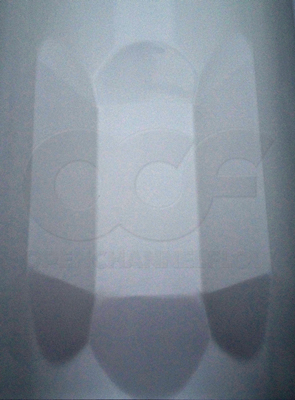
The raised throat does result in a standing body of water upstream of the throat. This standing water is present even when no flow is present, as the water is essentially dammed by the ramp. Flow streams with high solids content (or dense solids) can experience sedimentation that may not push through the flume when flows return to more normal levels. In poorly maintained Palmer Bowlus flumes, it is not uncommon for the area upstream of the throat ramp to completely fill with sediment.
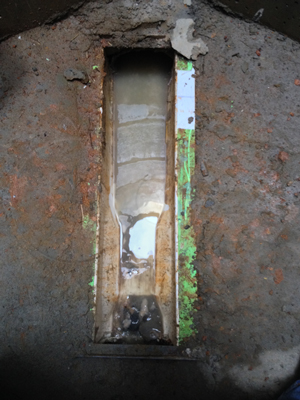
Where to Measure
With the above in mind, we know that that the throat is an area of transition (from sub-critical to super-critical), so we know that this is NOT where we should measure. We also know that there is a standing water level due to the throat ramp.
The point of measurement, therefore, is upstream of the throat and the level reading is compensated for the depth of the ramp.
Now one nice thing about a Palmer Bowlus flume is that, as a Long Throated flume, there is no single point of measurement. So long as the level reading is taken upstream from the draw down in water level due to the throat (at least D/2 upstream of the ramp), the reading will be accurate.
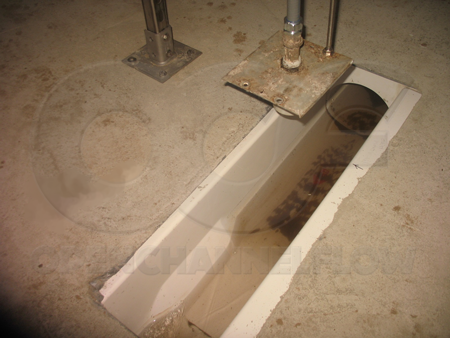
A further advantage is, space permitting, a Palmer Bowlus flume can’t be installed backwards (yes we are ignoring any built in accessories or other factors). So long as the upstream channel / pipe is of a uniform size, the parallel flow lines generated by a Long Throated flume allow alternate points of measurement.
Remember, when calibrating a flow meter or when making a manual level measurement, the zero elevation from which the level is calculated is at the top of the throat ramp! It is not uncommon for an operator to stick the level (using a ruler) and measuring down to the bottom of the flume and then recording that number – over-recording what the actual level / flow is!
Related Blog Posts
Explore more insights in our blog.

LOCATIONS IN ATLANTA, GA & BOISE, ID


